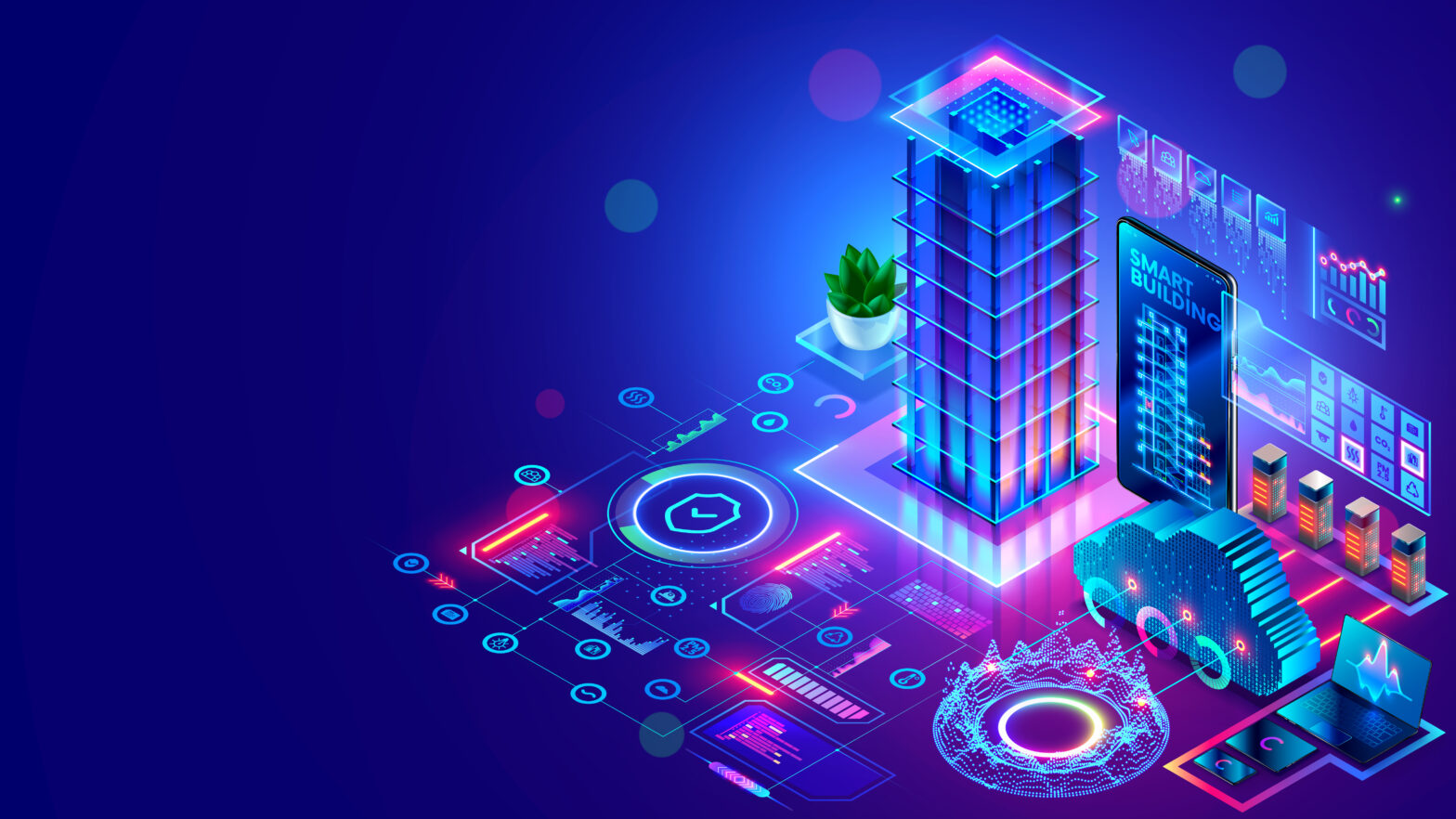Smart cities are evolving globally to deliver more efficient use of urban resources and to improve the life experience in populous urban landscapes.
Facing similar challenges, CTOs and technology leaders are also looking for technology to sharpen their competitive operating advantages. But what can really help companies to fit under the umbrella of the transformation from urban city to smart city?
Smart city IoT
One of the key considerations for CTOs is the impact of the ongoing evolution in the Internet of Things (IoT). From IoT applications using wired or short-range wireless sensors, a long-range alternative can now connect power-efficiently to thousands of wireless sensors located at up to 30 kilometers away. Such an IoT system, based on the LoRa Wide Area Network (LoRaWAN), can communicate the sensor data through a single gateway for cloud-based analysis. The resulting hard metrics can then be accessed by business leaders and users to support real-time decision making.
>Read more on Smart city technology: It’s all about the Internet of Things
For CTOs, the potential ramifications of implementing a LoRaWAN-based IoT network are crucial. Understanding the top-line benefits of an evolved IoT system will drive a sharper understanding of reducing cost and expanding the value for each business.
Go new or retrofit?
An IoT system can be installed for a new build or retrofitted to an existing building or city. In these situations, the complex installation of networks based on historical wired or short-range wireless networks can be quite challenging but an IoT network based on LoRaWAN can be significantly less complex. In addition to installation simplicity, LoRaWAN also simplifies power efficiency by eliminating the power-source wiring for GSM, LTE or WiFi sensors and using sensor batteries which can last for many years instead of months. It also offers reliable and secure working through dense buildings and a smart-city environment.
>Read more Why businesses and society need smart cities
Flexibility is also enhanced by the option of selecting different operating accounts. These include the unlicensed ISM band with minimal or no spectrum costs or operating with an external service with additional flexibility and a low connection fee. Using multiple and competing network service providers, or a proprietary network, also extends the options to lease part of the network to other companies in the network area.
Flexing the IoT values
Although LoRaWAN is already being deployed in the UK, and its geolocation is being tested in Glasgow, its reach into smart cities is global.
In South Korea, for example, SK Telecom is already connecting 99% of its customers through Semtech’s LoRaWAN. The country has also used LoRaWAN to realise a 46% increase in the recycling of waste combined, with an 83% reduction in cost.

Other high-use LoRaWAN applications include implementing precision metering from smart meters installed throughout an entire building. In the USA it is being used to enable switching from legacy to solar energy in Nevada whilst the conversion to clean energy using LoRaWAN is being highlighted at European Utility Week, from 6 – 8 November 2018 in Vienna, Austria.
>Read more on The collaborative city: How the private sector can advance smart cities
From a global perspective, it is expected that more than 1 billion end-users will securely access real-time data from over 200,000 LoRa gateways by 2019.
LoRaWAN IoT
For CTOs, the increased implementation of long-range, low-power and secure LoRaWAN IoT systems will enable smarter efficiency. Rather than have resources visit and check at fixed intervals, the IoT will ration the resources to operate more efficiently and undertake actions as required.
In fact, any activity which could benefit from streamlined resources and smarter efficiency could be a LoRaWAN use case. These activities could also include predictive maintenance with IoT monitoring for leaks or for early signs of motor and equipment failure.
>Read more on Unlocking the potential of the IoT for smart cities
The IoT system could also improve security with access-control badges and real-time movement monitoring whilst outside the corporate environment, the smart city can add more efficiency with smart parking and traffic management.
Grasping the difference
According to a recent meeting of the LoRa Alliance, the number of connected LoRa-based devices globally is now at over 50 million with a Compound Annual Growth Rate (CAGR) of more than 100%. It is the ability to hard-check the metrics which can validate the decision to install a LoRaWAN-based IoT system into each company or smart city.
So, whether LoRaWAN is installed in a new build or retrofitted, CTOs can help to improve efficiency and productivity whilst improving the quality of life for the workforce. The secure data from thousands of internal or external sensors, low-power operation and cloud-based analysis will enable UK CTOs to help their companies to operate more efficiently under the umbrella of the smart cities of the future.
Sourced by Patrick van Eijk, Director of IoT, Semtech Corporation










